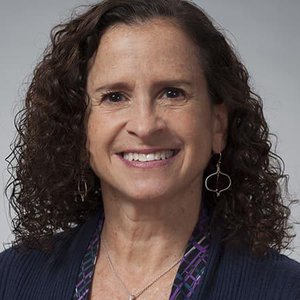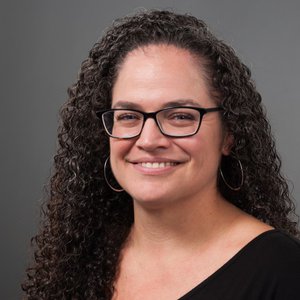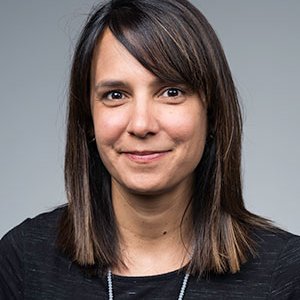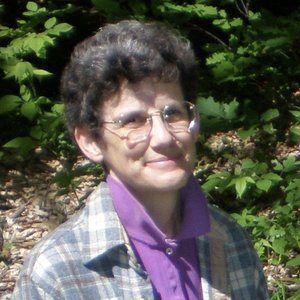LIN12: Sign Language and Deaf Culture
About
This Working Group proposes to bring together researchers in the area of sign language, deaf studies, law, and linguistics.
Open to New People
Inactive since: 2022
- Syracuse University
- Cornell University
- University of Rochester
- Rochester Institute of Technology
Collaborative Goals
We envision four article summaries related to ASL Linguistics approximately 10-15 minutes each to be shared openly with the public. There were no websites or online media that offer an overview of advanced concepts in ASL linguistics and we formed a Sign Language Research Video Collective last year primarily to educate the public about ASL Linguistics. This series of videos will be posted on Facebook and/or Instagram connecting to the weblink that will be housed under Cornell’s Department of Linguistics.
Last year we developed translations/summaries of four articles related to ASL Linguistics which was supported by the Central New York Humanities Corridor. This proposal will continue with our work translating/summarizing four more articles.
Our tentative list of articles to be summarized/translated are:
Group Organizers


Marguerite Carillo
Senior Lecturer, Department of ASL and Interpreting Education, National Technical Institute for the Deaf, Rochester Institute of Technology


Group Members
- Sandra Wood, Assistant Professor, Linguistics, University of Southern Maine
Activities
ASL Linguistics Terminology Video Project Planning Meeting
Jan. 20, 2022, 11 a.m.
Group Outcomes
- After posting the videos we received positive responses asking our team to do translations of other ASL Linguistics articles. Several ASL linguists mentioned that these videos would be incorporated in their ASL Linguistics curriculum.
- On Facebook, linguists of other signed languages responded that this would be a model project to emulate and shared videos of their efforts in describing some components of other signed languages.
- The videos were released after the end of the Spring 2022 semester. It is not likely we will see the full impact of these videos until Fall 2022 and beyond. We look forward to developing collaborations with other ASL linguists in continuing this project with new and continued funding.
- We expect these videos to be incorporated in the demonstration of some components of ASL linguistics in linguistics courses at Cornell University.
- Closer to the Fall 2022 semester, we will be following up with some contacts who expressed interest, seeking other collaborations with ASL linguists who are interested in expanding this project, and to work on funding to support the continuation of this project.
- We plan to publish and give presentations on the translation process involved with the project at conferences related to signed language linguistics and teaching of ASL and ASL Linguistics.
- As a part of our outreach efforts, we plan to attend local Deaf communities, and present our videos to discuss how these videos may impact on how we perceive ASL as a language. Most Deaf adults do not have the exposure or opportunity to learn about their own language.